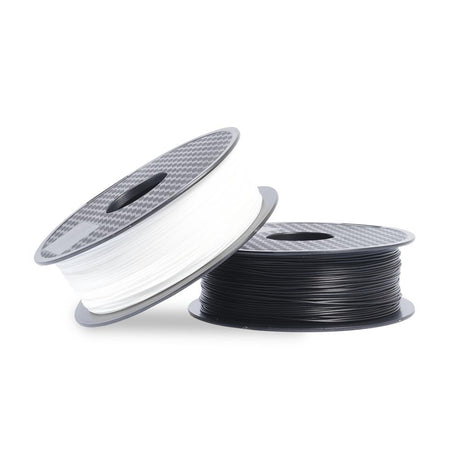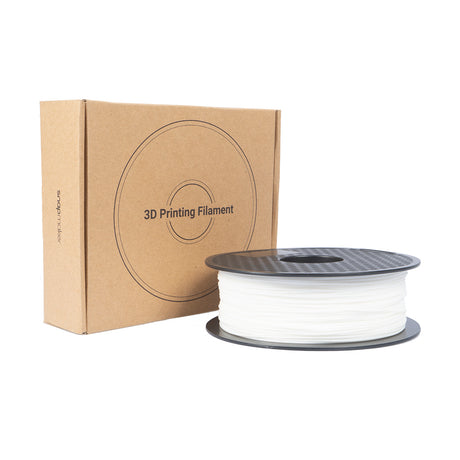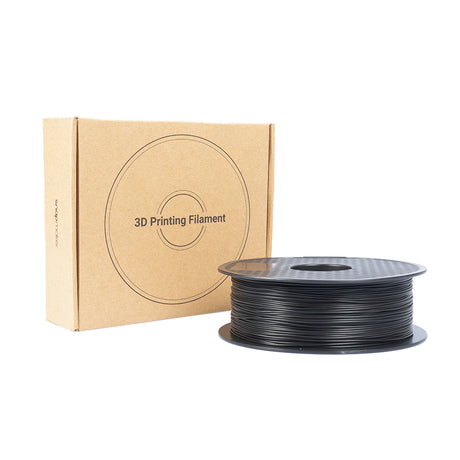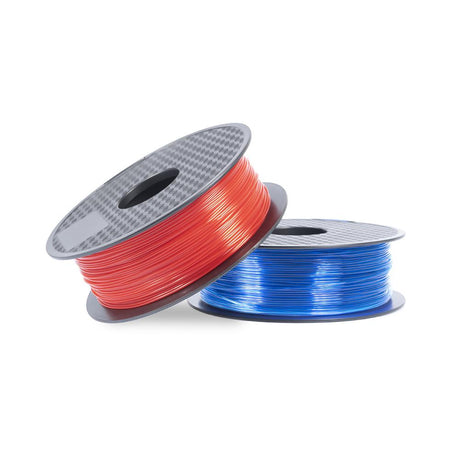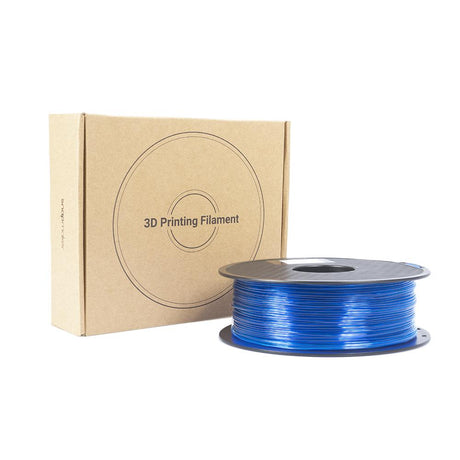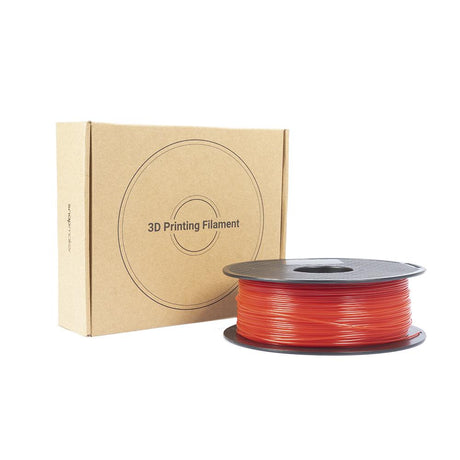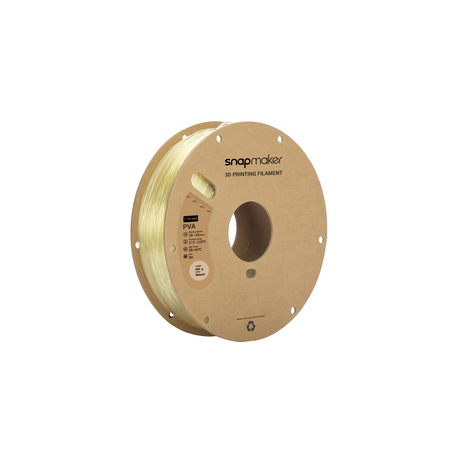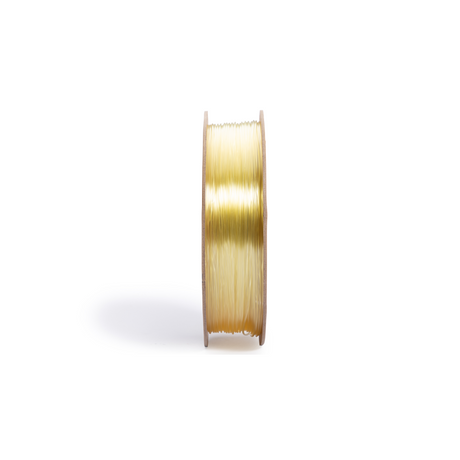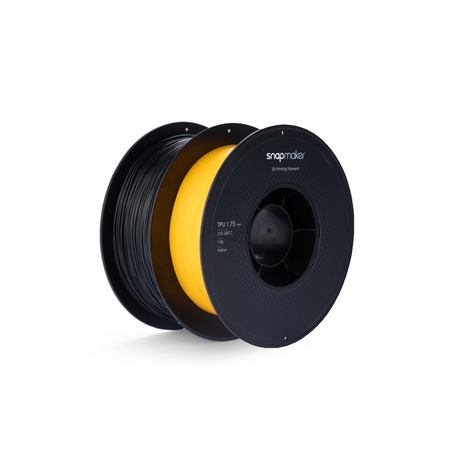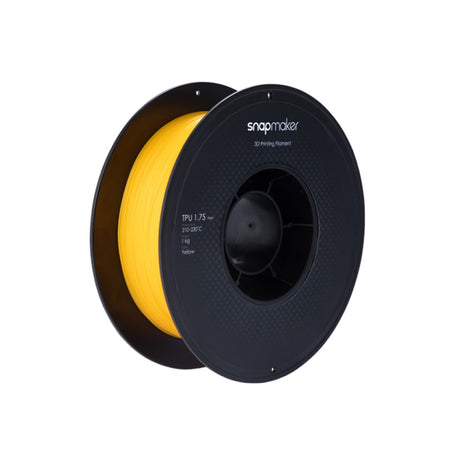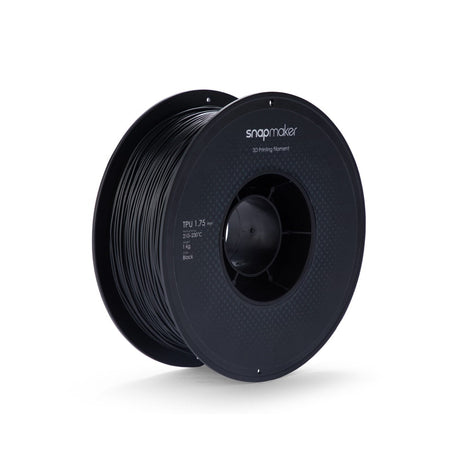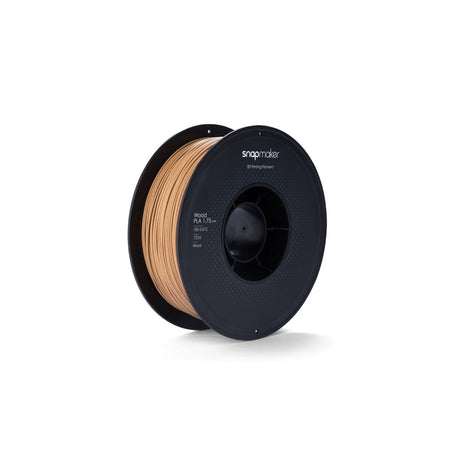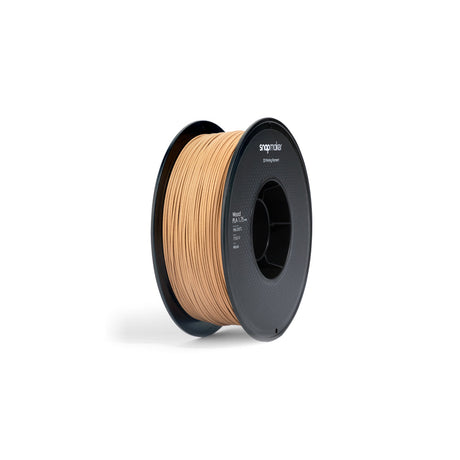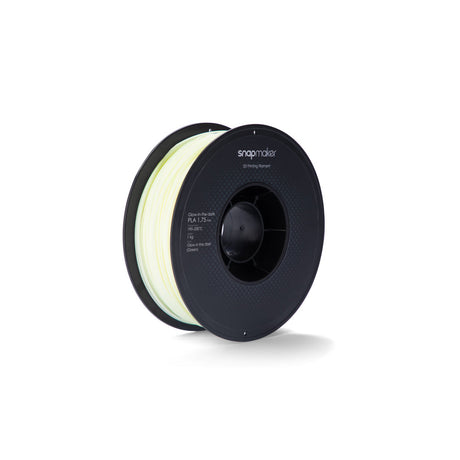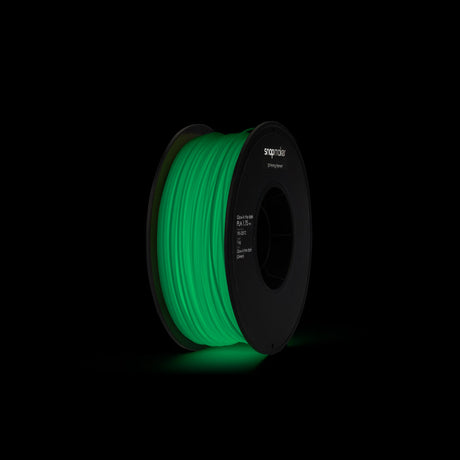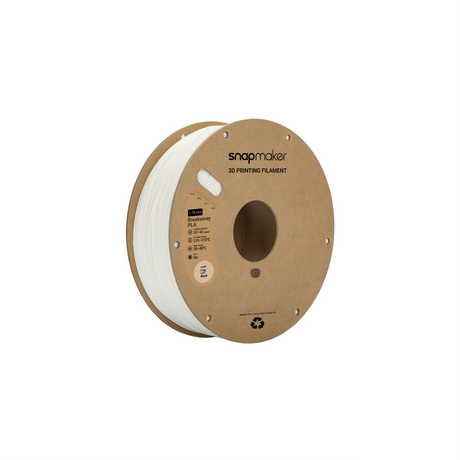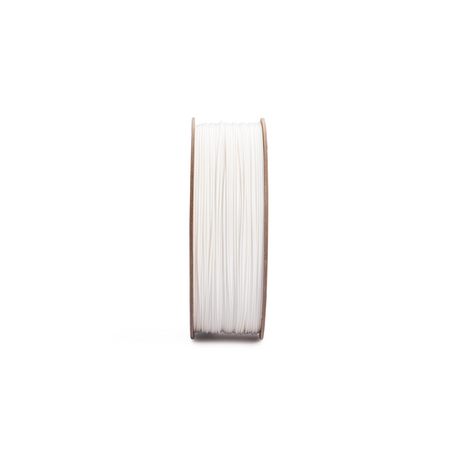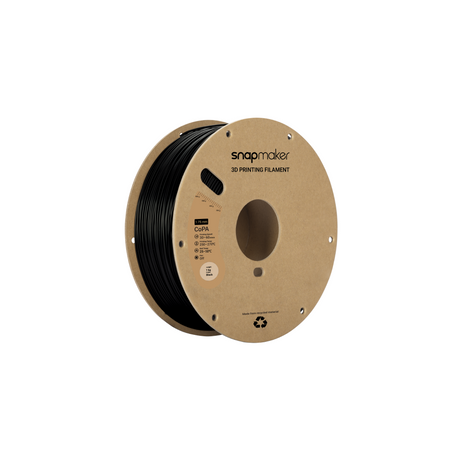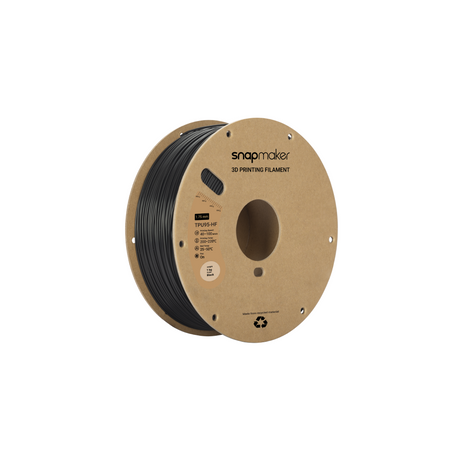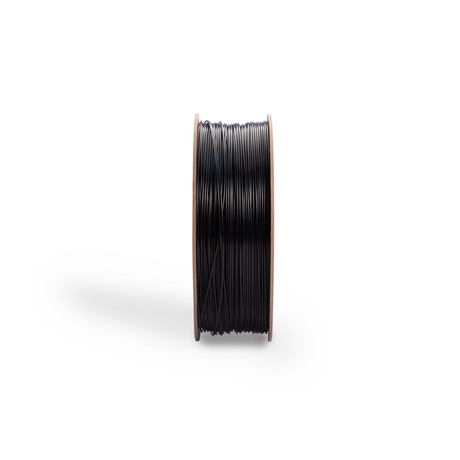FAQs
Grünes PLA-Filament, das im Dunkeln leuchtet (1kg)
€25,99 EUR€31,99Grundpreis /Nicht verfügbarAuf Lager
1. What is the diameter of Snapmaker 3D printer filaments?
Snapmaker filaments have a diameter of 1.75mm, compatible with most 3D printers.
2. What type of 3D printer filaments does Snapmaker support?
• Snapmaker 2.0: PLA, ABS, PETG, TPU (Hardness ≥ 95 Shore A), wood filled PLA, and more being tested.
• Snapmaker Artisan: PLA, ABS, ASA, PETG, TPU (with hardness ≥ 90 Shore A), Breakaway Support for PLA, PVA, HIPS, and Nylon; Carbon Fiber Reinforced Nylon and Glass Fiber Reinforced Nylon (The Hardened 0.4mm Hot Ends are required).
• Snapmaker J1/J1s: PLA, ABS, HIPS, PC, TPU (Hardness ≥ 90 Shore A), TPE, PETG, ASA, PP, PVA, PA, PA-GF, PA-CF.
3. What is the lifespan of 3D printer filaments?
The lifespan of 3D printer filaments typically ranges from 1 to 2 years. This duration can vary based on the filament type, storage conditions, and exposure to environmental factors. Proper storage with professsional equipment like SnapDryer can significantly prolong its usability.
4. What is the impact of filament properties on final print quality?
3D printing filament properties such as flexibility, strength, and temperature resistance directly impact the print's durability and use.
For instance, Snapmaker high-grade Nylon has excellent heat and abrasion resistance, making it ideal for parts like gears that must handle stress and temperature changes.
5. What is PETG filament used for?
PETG filament combines the functionality of ABS and reliability of PLA. It’s suitable for mechanical parts, protective cases, and outdoor or chemically exposed items due to its robustness. Snapmaker currently has high quality red/blue PETG filament for your choice, compatible with most 3D printers.
6. Are there eco-friendly 3D printer filaments options?
Yes, our PLA (including wood PLA and glow-in-the-dark green PLA) are made from biodegradable, renewable resources such as corn starch or sugar cane. They are also compliant with RoHS (Restriction of Hazardous Substances).
7. How to store 3d printer filament?
To properly store 3D printer filament, keep it in a vacuum-sealed bag with desiccant and store it in a cool, dry place away from direct sunlight. Maintaining a temperature around 25°C (77°F) and 40% humidity can extend its usability. For enhanced storage, consider using the SnapDryer, which is designed to keep your filament dry and ready for use.
FAQs
1. What is the diameter of Snapmaker 3D printer filaments?
Snapmaker filaments have a diameter of 1.75mm, compatible with most 3D printers.
2. What type of 3D printer filaments does Snapmaker support?
• Snapmaker 2.0: PLA, ABS, PETG, TPU (Hardness ≥ 95 Shore A), wood filled PLA, and more being tested.
• Snapmaker Artisan: PLA, ABS, ASA, PETG, TPU (with hardness ≥ 90 Shore A), Breakaway Support for PLA, PVA, HIPS, and Nylon; Carbon Fiber Reinforced Nylon and Glass Fiber Reinforced Nylon (The Hardened 0.4mm Hot Ends are required).
• Snapmaker J1/J1s: PLA, ABS, HIPS, PC, TPU (Hardness ≥ 90 Shore A), TPE, PETG, ASA, PP, PVA, PA, PA-GF, PA-CF.
3. What is the lifespan of 3D printer filaments?
The lifespan of 3D printer filaments typically ranges from 1 to 2 years. This duration can vary based on the filament type, storage conditions, and exposure to environmental factors. Proper storage with professsional equipment like SnapDryer can significantly prolong its usability.
4. What is the impact of filament properties on final print quality?
3D printing filament properties such as flexibility, strength, and temperature resistance directly impact the print's durability and use.
For instance, Snapmaker high-grade Nylon has excellent heat and abrasion resistance, making it ideal for parts like gears that must handle stress and temperature changes.
5. What is PETG filament used for?
PETG filament combines the functionality of ABS and reliability of PLA. It’s suitable for mechanical parts, protective cases, and outdoor or chemically exposed items due to its robustness. Snapmaker currently has high quality red/blue PETG filament for your choice, compatible with most 3D printers.
6. Are there eco-friendly 3D printer filaments options?
Yes, our PLA (including wood PLA and glow-in-the-dark green PLA) are made from biodegradable, renewable resources such as corn starch or sugar cane. They are also compliant with RoHS (Restriction of Hazardous Substances).
7. How to store 3d printer filament?
To properly store 3D printer filament, keep it in a vacuum-sealed bag with desiccant and store it in a cool, dry place away from direct sunlight. Maintaining a temperature around 25°C (77°F) and 40% humidity can extend its usability. For enhanced storage, consider using the SnapDryer, which is designed to keep your filament dry and ready for use.

